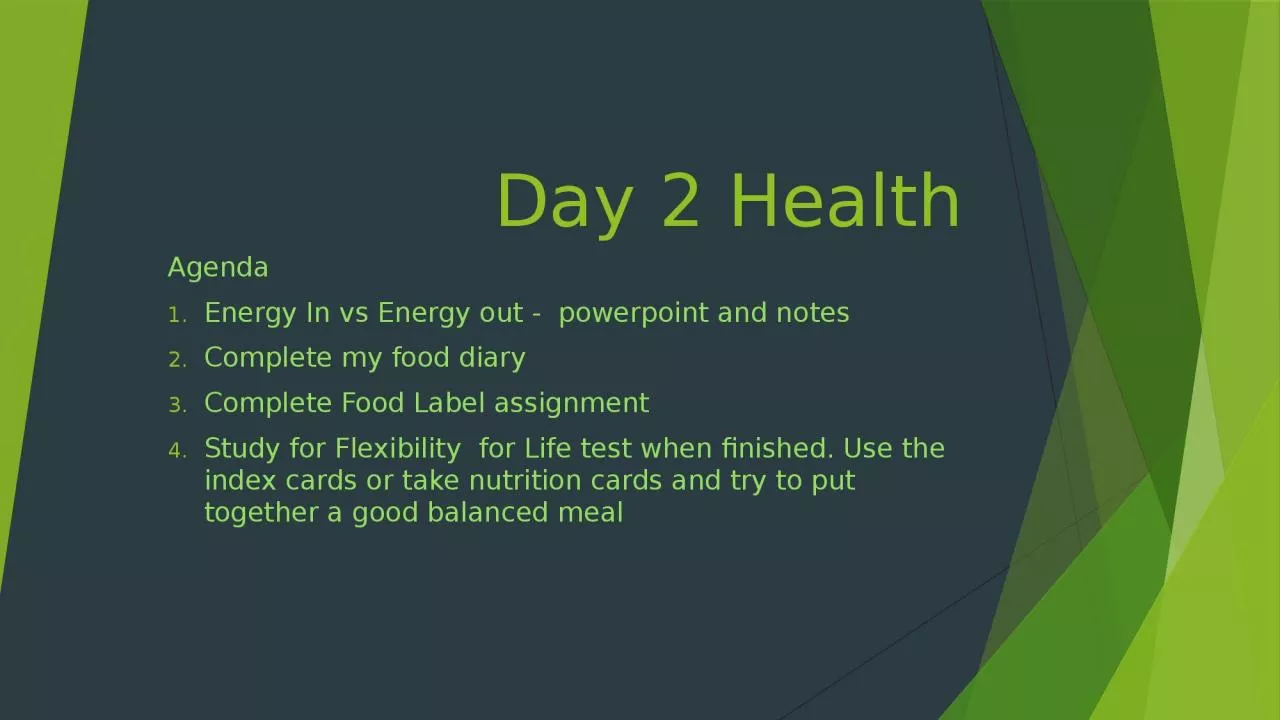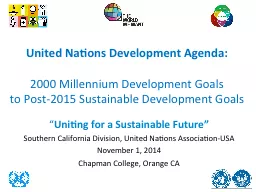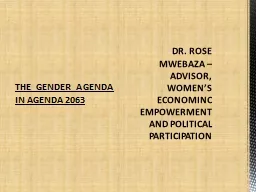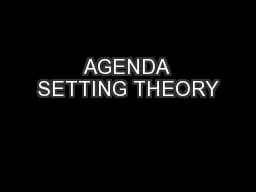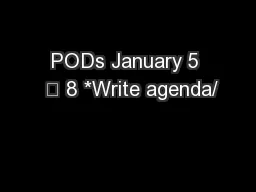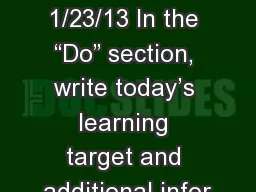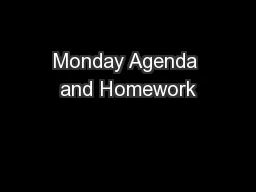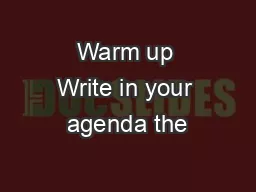PPT-Day 2 Health Agenda Energy In vs Energy out -
Author : eliza | Published Date : 2023-05-20
powerpoint and notes Complete my food diary Complete Food Label assignment Study for Flexibility for Life test when finished Use the index cards or take nutrition
Presentation Embed Code
Download Presentation
Download Presentation The PPT/PDF document "Day 2 Health Agenda Energy In vs Energy..." is the property of its rightful owner. Permission is granted to download and print the materials on this website for personal, non-commercial use only, and to display it on your personal computer provided you do not modify the materials and that you retain all copyright notices contained in the materials. By downloading content from our website, you accept the terms of this agreement.
Day 2 Health Agenda Energy In vs Energy out -: Transcript
Download Rules Of Document
"Day 2 Health Agenda Energy In vs Energy out -"The content belongs to its owner. You may download and print it for personal use, without modification, and keep all copyright notices. By downloading, you agree to these terms.
Related Documents

